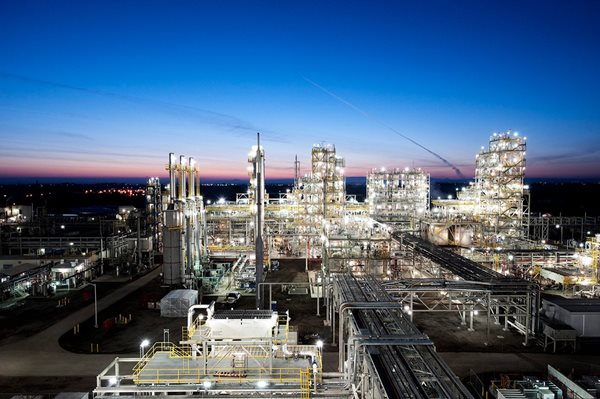REC Silicon’s Moses Lake manufacturing facility in the United States
Image: REC Silicon
REC Silicon has announced it is ceasing production at its Moses Lake, Washington, plant that produces polysilicon used in solar energy production.
The reason given for the closure was the inability to “improve the levels of some key impurities,” according to a press release. The company said it was trying to remedy the situation; however, last month it suffered a failed qualifying test.
The company also stated that its customer could no longer wait for “delivery of a product that consistently meets requirements at the right levels and can be delivered in the necessary volumes.”
In September 2023 pv magazine USA reported that Hanwha Qcells Georgia had entered into a 10-year supply agreement for high-purity fluidized bed reactor (FBR) granular polysilicon to be produced at the Moses Lake plant for use in ingot and solar wafer production.
REC Silicon reported that there were no other customers in the US and a limited number of customers outside China. Due to the company’s failure to improve product quality, it would not be able to meet the needs of its customers. The company says it is now in advanced discussions with its customer about terminating the contract.
The announcement about ceasing polysilicon production in Moses Lake follows that of REC Silicon decision last February to halt production at the Butte, Montana plant. The manufacturer said the closure of the Butte facility “is primarily necessary due to the regional structural imbalance in electricity supply and demand.” It is also said that it is part of the strategy to ensure profitable operations in the long term. That factory employed about 300 people and was one of the largest private employers in the region.
REC Silicon stated that it will focus its business efforts on silicon gases and prioritize reducing costs from its silicon gas assets and optimizing production, with the aim of returning to profitability. The company will maintain the silicon gas production equipment so that the unit can be restarted, the company said. “This will give the company the flexibility to capitalize on future customer demand for Silicon Anode or other gases, while minimizing near-term operating costs.”
This content is copyrighted and may not be reused. If you would like to collaborate with us and reuse some of our content, please contact: editors@pv-magazine.com.
Popular content



